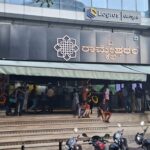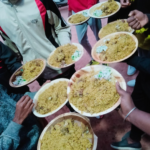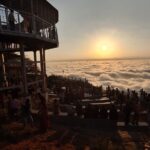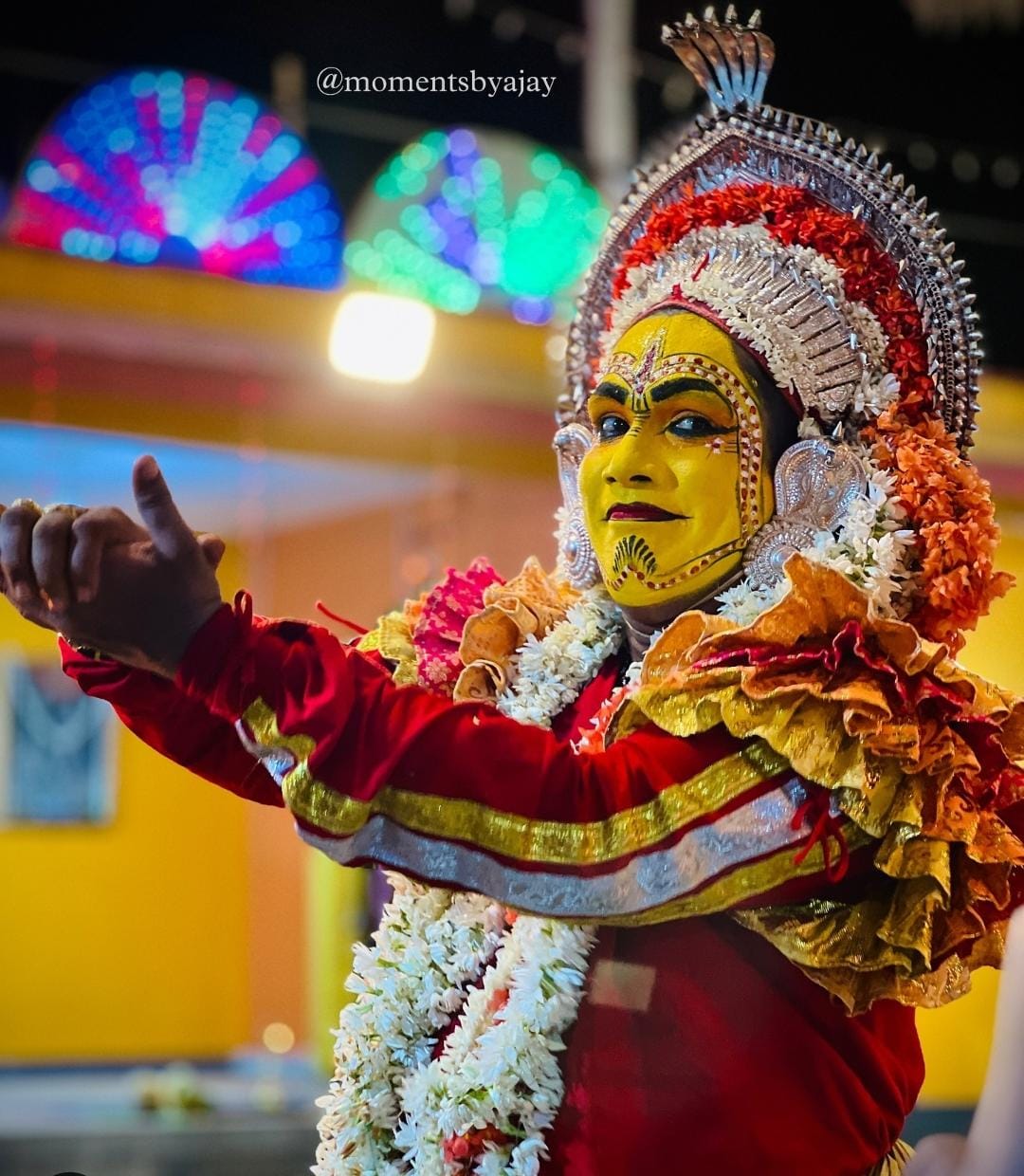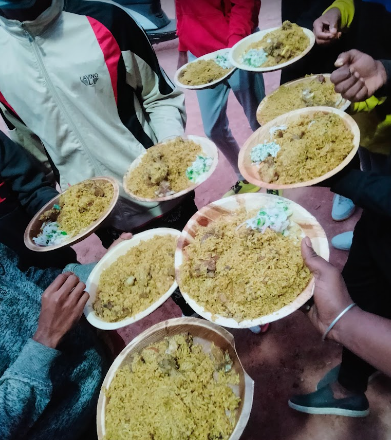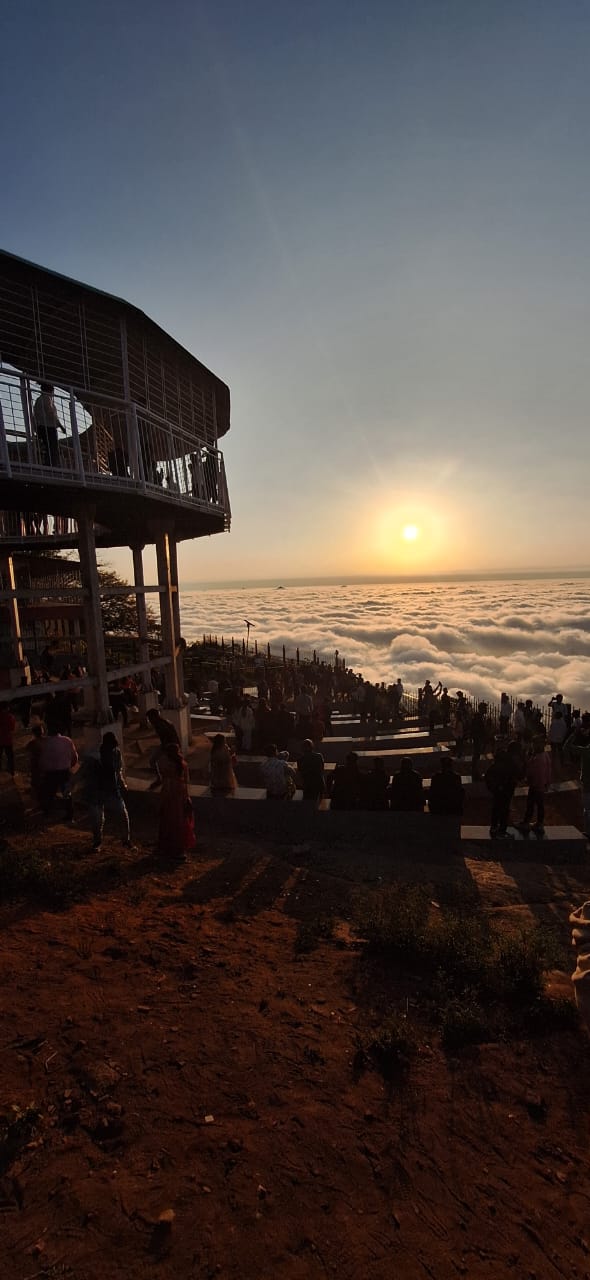Unveiling Bhoota Kola: Mangalore’s particular Dance of Spirits and Worship
Introduction to Bhoota Kola
Bhoota Kola, a conventional ritualistic dance form practiced predominantly in Mangalore, is a fascinating mixture of dance, drama, and spiritual worship. Rooted in historic folklore and mythology, this precise cultural exercise holds sizeable significance inside the cultural material of Mangalore. In this comprehensive guide, we delve into the intricacies of Kola, exploring its origins, rituals, and the profound religious ideals that underpin this captivating dance form.
The Origins and History of Bhoota Kola
Mythological Foundations
Kola strains its origins in historic Tuluva mythology, in which it is believed to have advanced as a way to assuage and honor the spirits and deities related to nature, fertility, and safety. The dance form serves as a bridge between the mortal international and the religious realms, facilitating conversation and communion with supernatural entities.
Cultural Significance and Evolution
Over the centuries, Kola has evolved as a cultural lifestyle and performative artwork shape, reflecting the socio-cultural dynamics and nonsecular ideals of the Tuluva network. The practice has been passed down through generations, retaining its authenticity and nonsecular essence amidst the changing instances.
The Rituals and Symbolism of Bhoota Kola
Ritualistic Performances
Bhoota Kola is characterized by intricate ritualistic performances, wherein skilled dancers, decorated in colorful costumes and complicated masks, enact mythological stories and legends associated with the spirits and deities. The dance sequences are followed using traditional songs and chants, creating a spell-binding environment that captivates the target audience.
Symbolism and spiritual ideals
The dance shape embodies profound symbolism and non secular ideals, representing the everlasting war between good and evil, the cyclical nature of existence and death, and the cosmic stability maintained using the spirits and deities. The rituals and ceremonies related to Bhoota Kola are believed to invoke advantages, thrust back evil spirits, and ensure prosperity and well-being for the community.
The effect and impact of Bhoota Kola on Mangalore’s Cultural Landscape
Community engagement and Participation
Bhoota Kola fosters community engagement and participation, uniting people from numerous backgrounds and fostering an experience of belonging and collective identification. The practice strengthens social bonds, promotes cultural background, and enriches the cultural landscape of Mangalore.
Upkeep and Revival Efforts
In current years, concerted efforts have been made to hold and revive Bhoota Kola, spotting its importance as an intangible cultural historical past and promoting its inclusion in cultural festivals, academic packages, and tourism projects. These initiatives’ goal is to protect the authenticity and integrity of Kola whilst ensuring its continued relevance and resonance in cutting-edge times.
Conclusion
Kola, with its wealthy cultural history, religious intensity, and artistic excellence, stands as a testimony to the iconic legacy of Mangalore’s cultural traditions. by way of fostering network engagement, selling cultural preservation, and celebrating the particular cultural identification of Mangalore, Bhoota Kola keeps to inspire and captivate audiences, transcending geographical boundaries and cultural boundaries.
To know more about the Bhoota Kola visit THE WEEK
If you liked this article do follow our site TIMES DIGEST for more such news updates.



